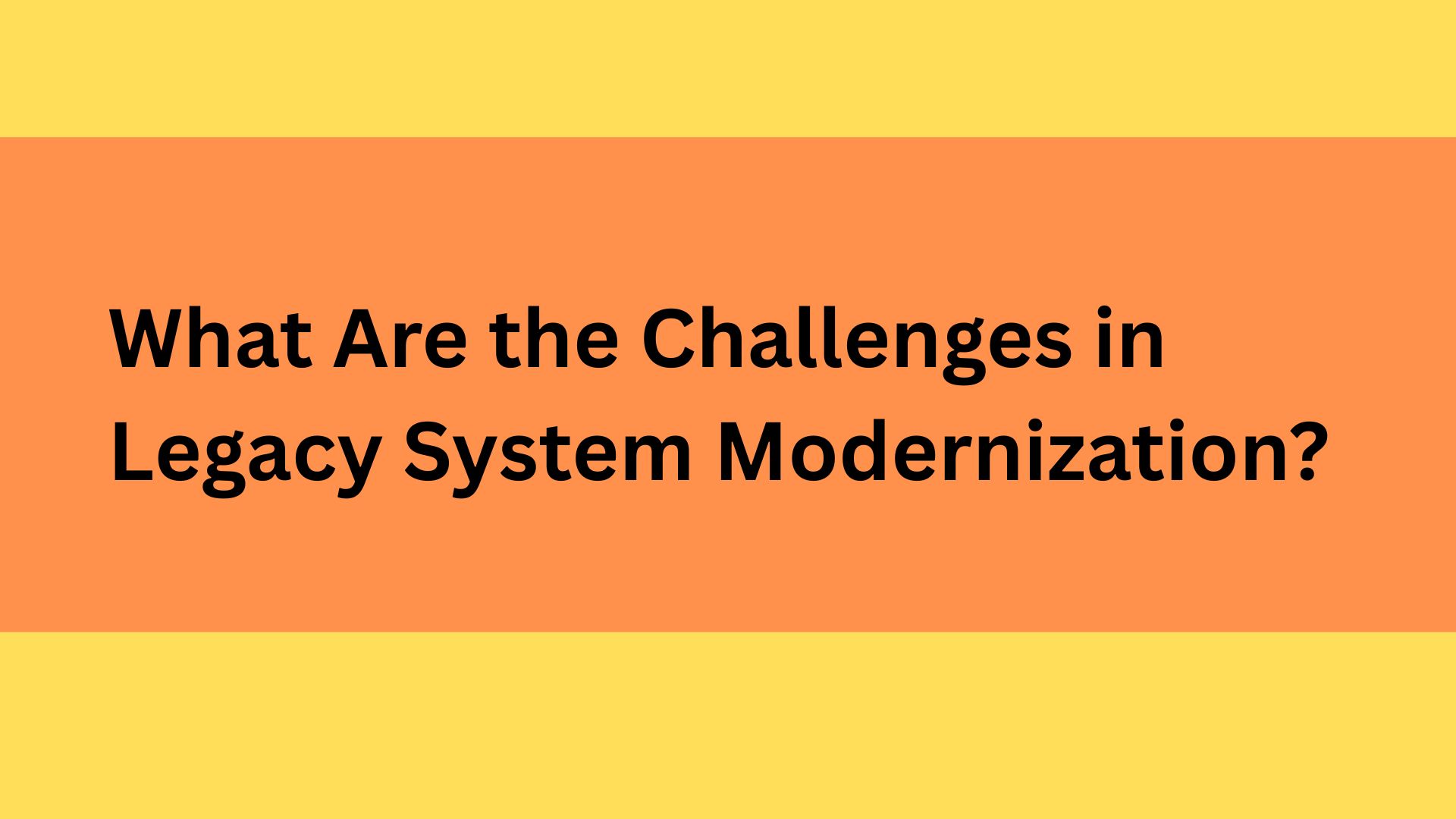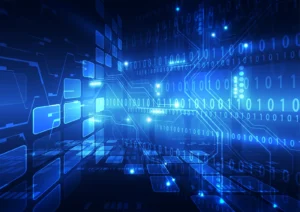What Are the Challenges in Legacy System Modernization?
Modern businesses rely on technology to stay competitive, agile, and responsive. Yet, many organizations still operate on aging legacy systems...

Modern businesses rely on technology to stay competitive, agile, and responsive. Yet, many organizations still operate on aging legacy systems that limit innovation, scalability, and operational efficiency. While modernizing these outdated platforms can unlock significant benefits, the process is not without its challenges.
From data migration to team readiness, legacy system modernization brings technical and strategic hurdles that must be addressed with care.
Let’s explore the most common challenges that businesses face when updating legacy systems—and what they can do to overcome them.
1. Understanding and Mapping Outdated Architecture
One of the biggest obstacles is the lack of documentation or understanding of how the legacy system works. Many legacy applications have evolved over decades with multiple developers making custom changes, often without maintaining clear architectural records.
As a result, businesses may find it difficult to:
- Map system dependencies
- Identify integration points
- Estimate modernization timelines accurately
A complete system audit is often required to deconstruct the old architecture before introducing modern technologies.
2. Data Migration Complexities
Data migration is one of the most sensitive parts of any modernization process. Legacy systems may contain large volumes of data stored in outdated formats or scattered across multiple databases.
Common data-related challenges include:
- Inconsistent data schemas
- Redundant or obsolete data entries
- Risk of data loss or corruption during migration
- Ensuring compliance with data protection regulations
To overcome this, businesses need robust data cleansing, transformation, and validation processes in place, along with backup strategies.
3. Integration with Existing Ecosystems
Legacy systems are often deeply embedded in a company’s operational ecosystem. Replacing or upgrading them without disrupting the existing environment is a major challenge.
Issues often arise when:
- New applications need to interface with legacy databases
- Existing third-party tools must remain functional
- Integration requires custom APIs or middleware solutions
That’s why planning phased integration and ensuring backward compatibility are critical to maintaining business continuity during modernization.
4. Downtime and Business Disruption
Any changes to core operational systems carry the risk of business downtime. Companies must ensure that their modernization strategy doesn’t affect mission-critical operations, customer services, or real-time transactions.
Without careful rollout planning, even a temporary outage could lead to:
- Revenue loss
- Customer dissatisfaction
- Operational bottlenecks
Using parallel systems, running pilots, and staging deployments can reduce the risk of disruption during the transition period.
5. Team Skills and Readiness
Modernizing legacy systems often means moving to cloud environments, containerized infrastructure, microservices, or newer languages and frameworks. But not all internal IT teams are trained in these technologies.
This leads to:
- Skill gaps within the team
- Delayed implementation timelines
- Increased reliance on external partners
Partnering with a provider offering expert software development services can bridge this gap by bringing in the right skills, tools, and methodologies to ensure a successful transition.
6. Cost Overruns and Budgeting Challenges
Modernization projects can become expensive if not scoped properly. Unexpected delays, scope creep, or the need for specialized resources can quickly inflate costs.
Factors that contribute to budget issues:
- Lack of initial clarity on system complexity
- Unanticipated integration requirements
- Long testing and QA cycles
- Upgrades to supporting infrastructure
To manage this, businesses should begin with a modernization roadmap that includes risk buffers and prioritizes high-impact upgrades first.
7. Change Resistance from Internal Stakeholders
Legacy systems often have long-term users who are comfortable with their workflows. Modernizing the system requires retraining staff, redefining processes, and sometimes reassigning roles.
Common resistance points include:
- Fear of job changes
- Learning curve with new interfaces
- Perceived risks of new system reliability
To overcome resistance, companies should involve stakeholders early in the process, conduct regular training, and clearly communicate the long-term value of modernization.
8. Compliance and Security Risks
Legacy systems may not comply with current cybersecurity standards or industry-specific regulations. Modernizing these systems must ensure that new platforms support:
- End-to-end encryption
- Access control
- Data retention policies
- Regulatory reporting
Failing to maintain compliance during the transition could lead to legal and financial penalties. This makes security-by-design an essential part of every modernization project.
Final Thoughts
Legacy system modernization is a strategic investment that improves agility, boosts performance, and supports long-term growth. But it doesn’t come without challenges.
From mapping outdated architectures to managing internal resistance, businesses must plan carefully, involve the right stakeholders, and partner with experienced developers who understand both legacy systems and modern tech stacks.
By addressing each of these challenges head-on, organizations can move from outdated infrastructure to future-ready platforms—without compromising business continuity or performance.
FAQ
1. Why is legacy system modernization important?
Modernizing legacy systems improves scalability, security, and compatibility with new technologies, helping businesses stay competitive and reduce operational risks.
2. What are the risks of keeping outdated legacy software?
Outdated systems can lead to data breaches, high maintenance costs, slower performance, and difficulty integrating with modern platforms.
3. How long does legacy software modernization take?
The timeline varies based on system complexity but typically ranges from a few months to over a year. Phased rollouts are common to avoid business disruption.
4. Can legacy systems be modernized without full replacement?
Yes. Options like replatforming, refactoring, or wrapping APIs can improve functionality without a full rebuild.
5. What technologies are used in legacy system modernization?
Technologies often include cloud computing, microservices, containerization (like Docker), APIs, and modern programming frameworks like .NET Core or Node.js.




